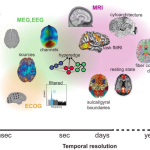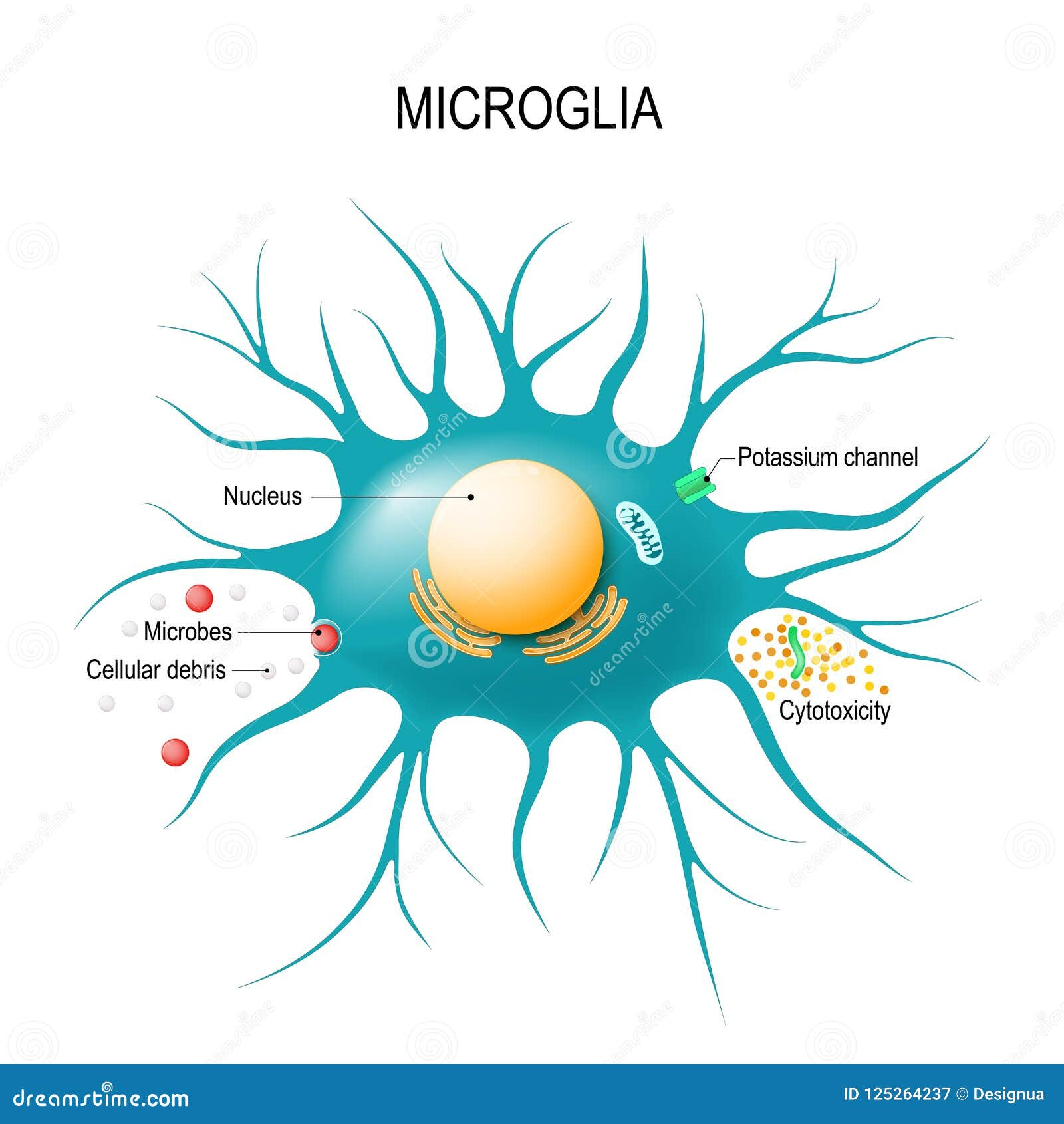Microglial cells are the brain’s sentinel, serving as its immune system and playing a pivotal role in maintaining neuronal health. In recent years, Alzheimer’s research has brought significant attention to these remarkable cells, highlighting their dual functions in protecting and potentially harming brain tissue. Renowned neuroscientist Beth Stevens has been at the forefront of this field, unveiling how microglia not only fight against disease but also participate in synaptic pruning, a process crucial for normal brain function. However, when microglial activity becomes dysregulated, it can lead to neurodegenerative diseases, including Alzheimer’s and Huntington’s. This cutting-edge research is changing our understanding of brain health, paving the way for innovative strategies to combat these debilitating conditions affecting millions.
Glial cells, particularly microglia, are essential components of the brain’s immune framework, crucial for both defense and repair mechanisms. Recent findings in the realm of Alzheimer’s disease have illuminated the vital contributions of these cells to neuroprotective processes, as well as their role in synaptic maintenance and plasticity. The work of leading researchers like Beth Stevens emphasizes how these immune cells engage in vital activities such as removing cellular debris and fine-tuning synaptic connections. Nonetheless, misregulation of glial functions can precipitate the onset of various neurodegenerative disorders, underscoring the importance of continuous research in understanding their complex behavior. Thus, the study of microglial cells not only enriches our grasp of neurological health but also offers promising insights into therapeutic avenues for combating Alzheimer’s and beyond.
The Role of Microglial Cells in Neurodegenerative Diseases
Microglial cells are crucial components of the brain’s immune system, acting as sentinels that constantly monitor for signs of pathology. Their primary functions include cleaning up dead cells, responding to injuries, and regulating neural connections through a process called synaptic pruning. This process is vital for normal brain development and function, as it helps to maintain an efficient neural network. However, recent research led by Beth Stevens has revealed that when microglial activity goes awry, it can contribute to the progression of neurodegenerative diseases such as Alzheimer’s and Huntington’s.
For example, in Alzheimer’s disease, excessive or improper synaptic pruning by microglial cells may lead to the loss of critical neuronal connections, exacerbating cognitive decline. Stevens’ work emphasizes the need to understand how microglial dysfunction can initiate and perpetuate these diseases, highlighting their potential as therapeutic targets. By focusing on the precise mechanisms by which microglia affect synapse health, researchers hope to develop interventions that could halt or even reverse the detrimental effects of neurodegeneration.
Frequently Asked Questions
What role do microglial cells play in Alzheimer’s research?
Microglial cells are crucial in Alzheimer’s research as they comprise the brain’s immune system. They monitor the brain for injury and disease, removing dead cells and participating in synaptic pruning—a process that, when disrupted, can contribute to neurodegenerative diseases like Alzheimer’s.
How do microglial cells contribute to neurodegenerative diseases?
Research shows that microglial cells can contribute to neurodegenerative diseases such as Alzheimer’s and Huntington’s disease through improper synaptic pruning. This mismanagement can lead to neuronal damage and exacerbate disease progression, making them a focus for potential treatments.
What is synaptic pruning and how do microglial cells influence it?
Synaptic pruning is the process by which microglial cells eliminate unnecessary synapses in the brain, optimizing neural connections. In conditions like Alzheimer’s, dysregulation of this process can lead to cognitive decline and memory loss.
Who is Beth Stevens and what is her contribution to microglial cell research?
Beth Stevens is a prominent neuroscientist known for her pioneering work on microglial cells. Her research has advanced our understanding of how these immune cells affect synaptic connections in the brain and their role in neurodegenerative diseases like Alzheimer’s.
What implications does microglial cell research have for treating neurodegenerative diseases?
Research on microglial cells has significant implications for treating neurodegenerative diseases such as Alzheimer’s. By understanding their role in synaptic pruning and immune responses, scientists hope to develop new biomarkers and therapeutic strategies to target and potentially halt disease progression.
How does the brain immune system interact with microglial cells?
The brain immune system is primarily mediated by microglial cells, which continuously survey the neural environment for threats such as injury or disease. They respond by activating immune responses and engaging in the removal of damaged neurons and synapses.
What findings have come from Beth Stevens’ research on microglial cells?
Beth Stevens’ research has revealed that dysfunctional microglial activity in synaptic pruning contributes to neurodegenerative diseases. Her findings pave the way for new treatment avenues in Alzheimer’s disease and highlight the necessity of a healthy brain immune system.
What is the significance of microglial cells in understanding Alzheimer’s disease?
Microglial cells are significant in understanding Alzheimer’s disease as they provide insights into how the brain’s immune responses and synaptic dynamics can lead to neurodegeneration. This understanding helps identify potential therapeutic targets and preventive strategies against Alzheimer’s.
| Key Points |
|---|
| Microglial cells serve as the brain’s immune defense. |
| They identify and remove dead or damaged cells in the brain. |
| Improper microglial function may exacerbate conditions like Alzheimer’s and Huntington’s diseases. |
| Research by Beth Stevens highlights the importance of foundational science in progressing the understanding of microglial roles. |
| Support from NIH funding has been crucial in advancing this research. |
| Microglia are essential for normal synaptic pruning during brain development. |
Summary
Microglial cells are vital components of the brain’s immune system, playing a crucial role in maintaining neural health. Their ability to monitor for disease and injury, along with their function in clearing damaged cells, is central to preventing neurodegenerative diseases such as Alzheimer’s. Current research led by scientists like Beth Stevens emphasizes that an imbalance in microglial activity can lead to severe consequences, highlighting the need for continued research and potential therapeutic interventions.









